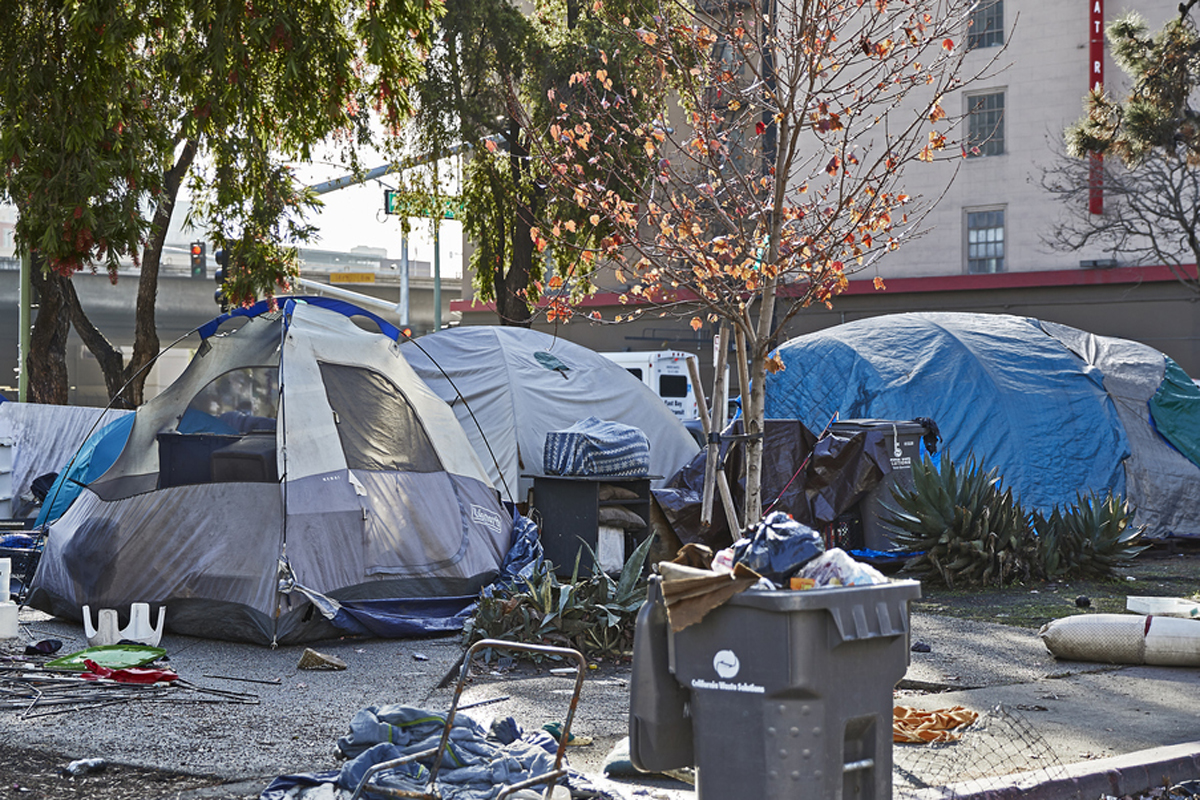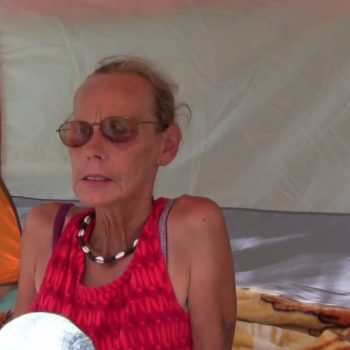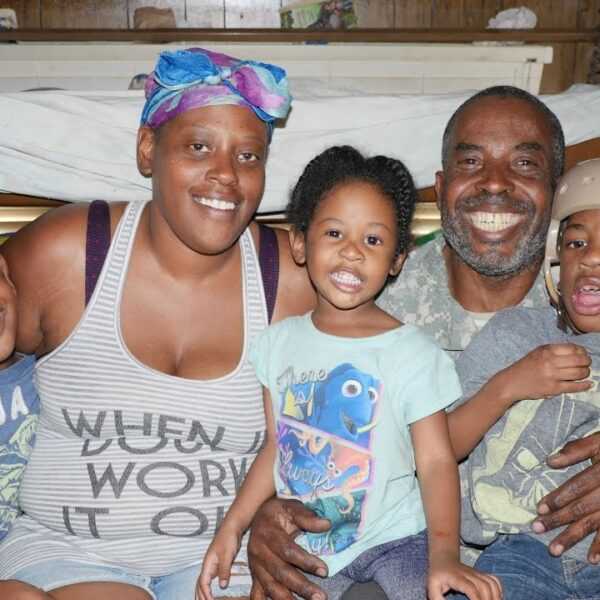Oakland is one of several cities in the Bay Area facing a homelessness crisis. Currently, there are about 142 homeless camps existing in vacant lots, sidewalks, and parks. For these unhoused people, it’s becoming increasingly difficult just to exist.
Thanks to a new “encampment management” policy in the city, that difficulty is reaching new heights. City government just passed a new policy allowing city officials to clear encampments in areas deemed “high-sensitivity,” or which don’t follow other stringent rules. The rest, theoretically, will be left alone.
Public response to the measure has been polarized. Advocates for homeless people in the city call it inhumane, arguing it’s wrong to place such rules about where unhoused people can and can’t sleep. After all, unsheltered people are not unsheltered by choice. They are doing what they must do to survive.
Yet, the policy makers claim it was created to legitimize the encampments and make it legal for them to exist. Previously, the city of Oakland could sweep camps on a case-by-case basis. This policy seeks to, at least, take the randomness out of it. That is what proponents of the policy say.
Others support the policy because they believe homeless people are dangerous and violent, and the sight of them needs to be kept away from children and the general public. This may sound like an exaggeration, but that’s exactly what many housed residents of Oakland are saying.
The policy allegedly lays out plans to house the people whose camps are swept, but there’s a problem. Oakland has about 1,000 shelter and interim beds. There are about 4,000 unsheltered people in Oakland.
There are many other problems with this policy. They include:
- Many homeless people are disabled, and don’t have much of a choice where they sleep. People naturally prefer privacy; they don’t choose to sleep on park benches and at bus stops because they prefer it.
- People might choose to camp because of their proximity to businesses. They have needs like the rest of us. If they rely on public transportation or soup kitchens, they’re going to need to sleep near terminals and social service agencies. Who’s to say these won’t be considered businesses, or happen to be close to businesses?
- The rules about permissible encampments are convoluted and difficult to follow. The average encampment dweller will not have measuring tape to make sure their camp is within a 12-feet-by-12-feet space. However, the city officials who sweep the camps probably will.
There are other rules, too, like not camping on both sides of the street and not storing flammable materials. It seems inevitable homeless people will not know about, or simply forget, the rules, despite intending to follow them. That is, if they even hear about the policy in the first place.
Mistakes are also bound to happen. It’s inevitable people will not realize how close they are to areas that are off-limits, or not know what is considered a business. There simply are too many variables for this policy to be effective, at least in a compassionate capacity.
And yet, the major of Oakland called the policy “a compassionate response to an unacceptable condition.” It’s easy to see how some could view the policy as a good thing. Theoretically, if homeless people follow the rules of the policy, they can rest assured their encampment is safe. Again, in theory, this is an improvement over the city’s previous handling of homeless encampments. It remains to be seen whether this policy will result in more, or less, camp sweeps.
One thing both sides can agree on is that the policy will not make any substantial progress in getting people housed. The policy sends a damning message to the homeless population: the city has given up. Jennifer Friedenbach of San Francisco’s Coalition on Homelessness said of the policy, “It feels like sometimes it’s throwing in the towel… we’re going to be somehow comfortable with people living in tents.”
What Does It Mean to Be a ‘High-Sensitivity’ Area?
A particularly disturbing feature of this policy is the notion of a “high-sensitivity area.” Areas that are deemed high-sensitivity zones by the policy include those around schools, residences, businesses, parks, protected waterways, and homeless shelters. The exact distance encampments must be away from these structures varies. Camps can’t be less than:
- 150 feet away from a middle school, elementary school, or preschool
- 100 feet from a high school
- 50 feet away from a residence, business, public park, or protected waterway
- 25 feet away from a homeless shelter.
If that sounds like just about everywhere, that’s because it is. The rationale for the high-sensitivity zones is keeping these areas “livable.” The policy was passed unanimously by city council members who fear Oakland is becoming a less desirable place to live because of the homeless who share its streets.
Supporters of the policy say they don’t want the camps, which are violent and involve public consumption of drugs, near children. Yet, the rules laid out in the policy don’t seem to align with this rationale. If it’s violence we fear, why can homeless people be closer to high school students than middle school students? Why are homeless shelters included?
The rules appear arbitrary, and designed to be broken by homeless people trying to follow them.
Perhaps worse than that, though, is the intent to hide homelessness in Oakland. It’s as though creators of the policy simply wanted to keep homeless people as far away from housed people as possible. In reality, it has very little to do with sensitivity, and everything to do with hiding the city’s ugliness.
So, What Can We Do?
Do everything you can to speak out on the unfairness of policies like these. Promote compassion by sharing what it’s like to be targeted by a policy like this. People who make policies like these—and who support them—rarely speak with or get to know homeless people, so try your best to be their voice.
Continue to follow education and advocacy agencies, like Invisible People, to learn more about these issues. Share what you read with friends and family. And contact your representatives. The first step toward influencing policy is always to influence people who may one day write it or vote on it.













